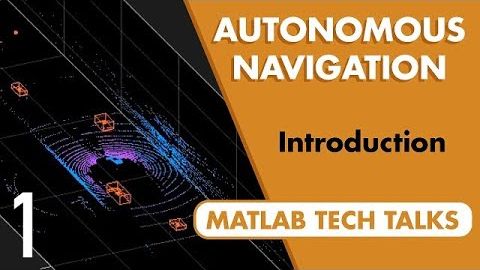什麼是自主導航?| 自主導航,第 1 部分 (What Is Autonomous Navigation? | Autonomous Navigation, Part 1)
電機工程系莊英竪 發佈於 2024 年 07 月 01 日  沒有此條件下的單字
沒有此條件下的單字US /ˈkɑnstəntlɪ/
・
UK /ˈkɒnstəntli/
US /əˈprəʊtʃ/
・
UK /ə'prəʊtʃ/
- v.t./i.逼近;找...商量
- n. (c./u.)通道;入口;接洽;處理方式;方法
US /dɪˈtɚmɪn/
・
UK /dɪ'tɜ:mɪn/
